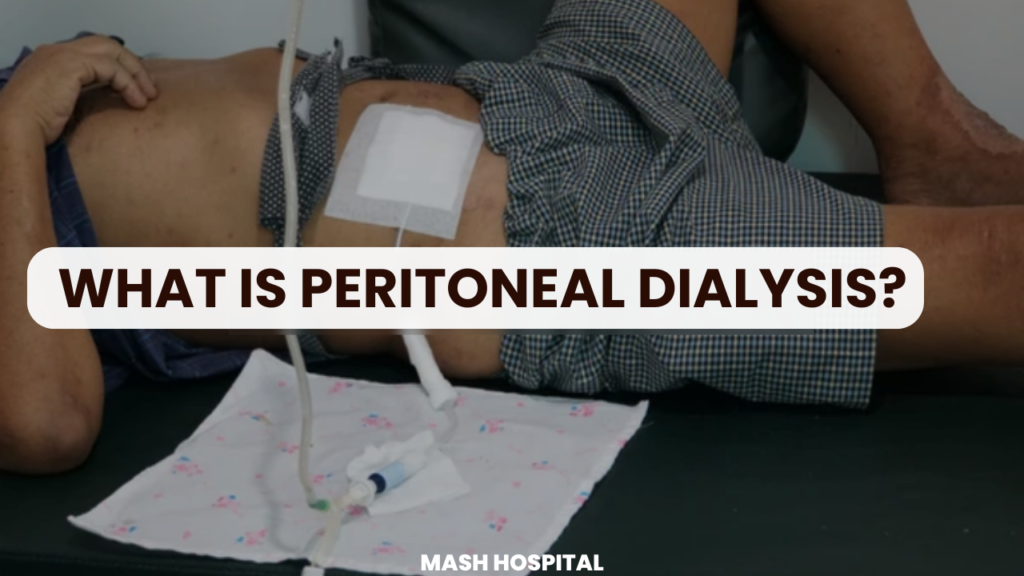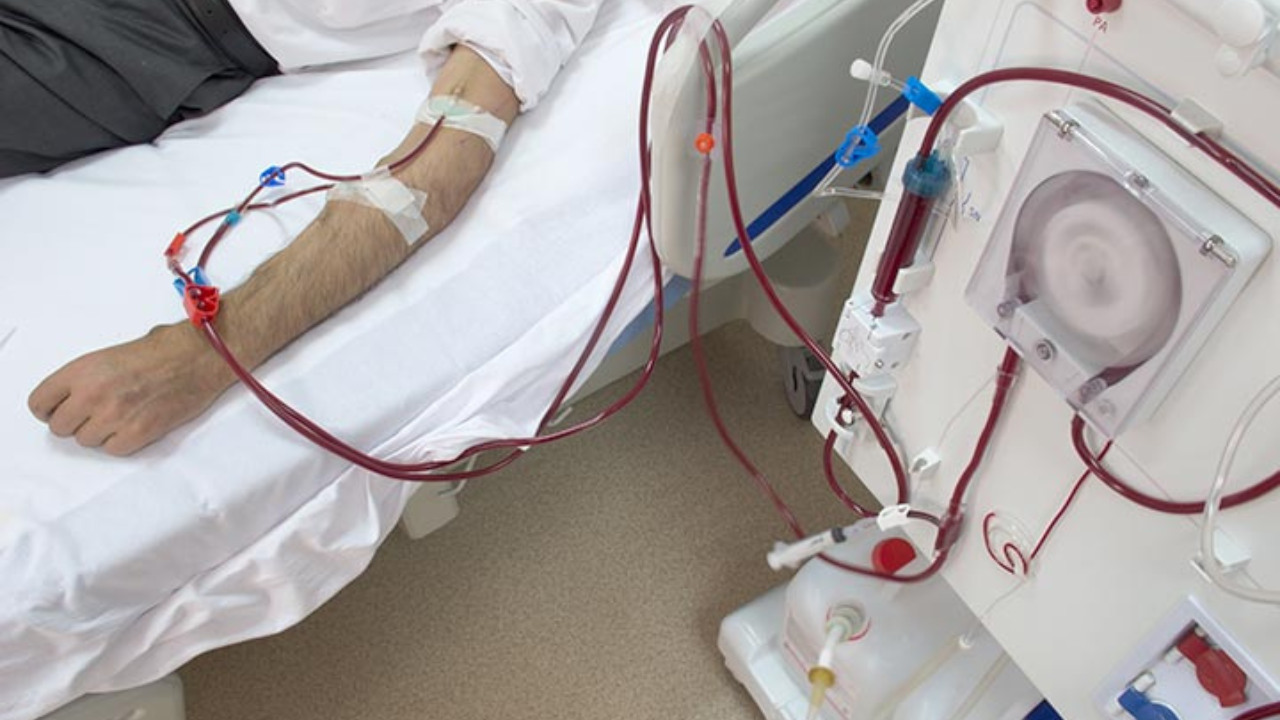Dialysis. It’s a word that strikes fear into the hearts of many, yet for those of us dealing with kidney failure, it’s a beacon of hope.
As someone who’s been on both sides of the fence – a cardiac arrest expert and a dialysis patient – I can tell you it’s not as scary as it sounds. But what exactly is this life-saving treatment all about?
Have you ever wondered how folks with bum kidneys manage to keep on ticking? Well, let me tell you, it’s all thanks to the miracle of dialysis.
This nifty little procedure has been a game-changer in treating end-stage renal disease, giving a new lease on life to millions worldwide.
But I get it – the thought of being hooked up to a machine can be pretty daunting. So let’s break it down, shall we?
In this guide, we’ll dive deep into the world of dialysis. We’ll explore the ins and outs, the hows and whys, and everything in between. Whether you’re facing dialysis yourself, caring for someone who is, or just plain curious, stick around. By the end of this, you’ll be a regular dialysis guru!
Types of Dialysis
Alright, let’s start with the basics. There are two main flavors of dialysis: hemodialysis and peritoneal dialysis. Each has its own way of cleaning your blood, and trust me, they’re both pretty clever.
What is Peritoneal Dialysis?

Peritoneal dialysis is like having a built-in filter. It uses the lining of your belly (that’s the peritoneum) to do the dirty work.
A special fluid gets pumped into your abdomen through a catheter, hangs out for a bit soaking up all the nasties, then gets drained out. It’s like a wash cycle for your insides!
Difference Between Hemodialysis and Peritoneal Dialysis
Now, here’s where things get interesting. While both methods are aiming for the same goal – clean blood – they go about it in very different ways. Let me break it down for you in this handy table:
Here’s a table outlining the key differences between hemodialysis and peritoneal dialysis:
| Aspect | Hemodialysis | Peritoneal Dialysis |
| Filtering method | External machine (dialyzer) | Body’s peritoneum |
| Location | Usually at a dialysis center | Can be done at home |
| Frequency | Typically 3 times per week | Daily (4-6 exchanges per day) |
| Duration | About 3-5 hours per session | 30-40 minutes per exchange |
| Access | Fistula or graft in arm | Catheter in abdomen |
| Diet restrictions | More stringent | Generally more flexible |
| Travel ease | Requires planning | More portable |
| Blood pressure impact | May cause drops in BP | Usually less impact on BP |
| Infection risk | Lower risk of peritonitis | Higher risk of peritonitis |
| Independence | Less; often requires assistance | More; can be self-administered |
| Effectiveness | Faster waste removal | Gentler, more gradual filtering |
Fistula for Dialysis
Now, if you’re going the hemodialysis route, you’re going to hear a lot about fistulas. Don’t worry, it’s not as scary as it sounds. A fistula is just a fancy term for a connection between an artery and a vein in your arm. It’s like creating a superhighway for your blood, making it easier to get in and out of the dialysis machine. Sure, it requires a little surgery, but trust me, it’s worth it in the long run.
What is the Procedure of Dialysis: How it Works?
So, how does this magical process actually work? Well, it’s all about mimicking what your kidneys used to do. In hemodialysis, your blood takes a little field trip through a machine that acts like an artificial kidney.
It filters out all the junk and sends the clean blood back to you. With peritoneal dialysis, your own body becomes the filter. Pretty neat, huh?
How Do Dialysis Patients Die?
Now, I know this is a tough topic, but it’s important to talk about. While dialysis is a lifesaver, it’s not without its risks. The most common issues we see are heart problems, infections, and fluid overload.
But here’s the thing – knowing these risks means we can fight them. Sticking to your treatment plan and keeping an eye on your overall health can make a world of difference.
Indications of Dialysis
So, when do you know it’s time to start dialysis? Well, it’s not like there’s a big flashing sign that says “Dialysis Time!” But there are some clues. When your kidney function drops below 10-15%, that’s usually when we start talking dialysis.
You might notice things like feeling extra tired, swollen ankles, or trouble concentrating. Your blood tests will also show high levels of waste products that your kidneys just can’t handle anymore.
Dialysis Disequilibrium Syndrome
Here’s a tongue twister for you – dialysis disequilibrium syndrome. It’s a rare but serious complication that can happen during or after hemodialysis.
Think of it as your body throwing a bit of a tantrum as it adjusts to the rapid changes in your blood. Headaches, nausea, and in really bad cases, seizures can occur. But don’t panic – your dialysis team knows how to manage this and keep you safe.
Creatinine Level for Dialysis
Now, let’s talk numbers. Creatinine is a waste product that healthy kidneys usually filter out. When your kidneys are slacking, creatinine levels in your blood go up. While there’s no magic number that says “Start dialysis now!”, levels consistently above 5-6 mg/dL often mean it’s time to have that dialysis conversation with your doctor.
When Dialysis is Required
Deciding when to start dialysis isn’t just about numbers. Sure, we typically look at starting when kidney function falls below 15%, but it’s not a one-size-fits-all situation. We also consider how you’re feeling, your overall health, and what kind of life you want to live. It’s a big decision, and you’re part of making it.
Causes of Dialysis
So, what lands people in the dialysis chair? The usual suspects are diabetes, high blood pressure, and a condition called chronic glomerulonephritis. But the list doesn’t stop there.
Sometimes it’s genetic, sometimes it’s autoimmune diseases, and sometimes it’s medications. The kidney is a complex organ, and lots of things can throw it off balance.
Treatment of Dialysis

Here’s the thing about dialysis – it’s not just about hooking up to a machine. It’s a whole lifestyle. We’re talking dietary changes, medication management, and regular check-ups. It can seem overwhelming at first, but trust me, it becomes second nature after a while.
Wrapping Up
Dialysis is a pretty amazing thing. Sure, it’s not a walk in the park, but it’s keeping millions of us alive and kicking. And the best part? The technology keeps getting better. So if you’re facing dialysis, remember this – knowledge is power.
The more you understand about this treatment, the better equipped you’ll be to tackle it head-on. And who knows? You might just surprise yourself with how well you handle it. After all, if this old cardiac expert can do it, so can you.

